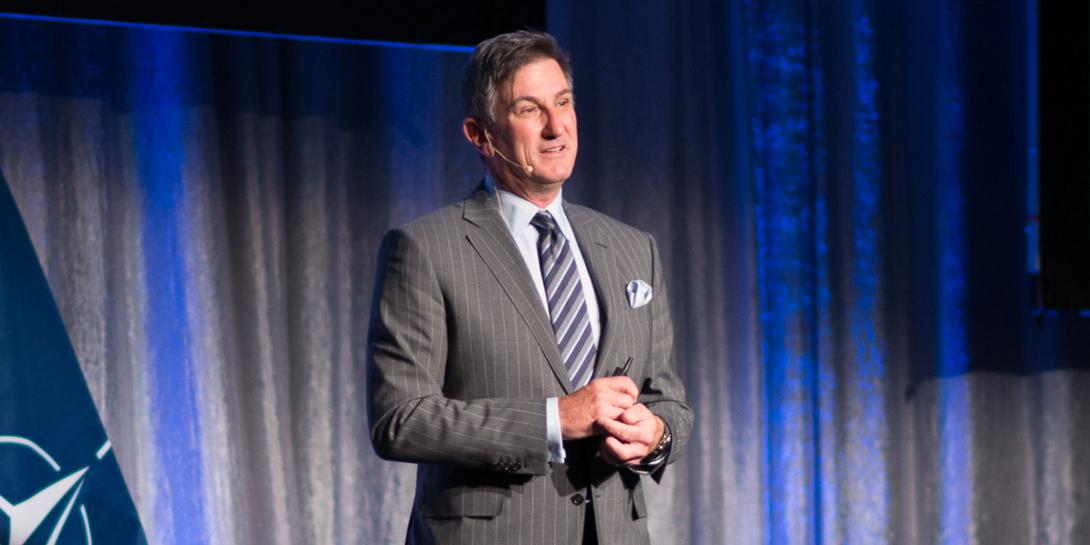Legacy Cultures Inhibit Cybersecurity
Cybersecurity has not kept up with changes in the realm that opened the door to the security challenges facing networks today, said a Silicon Valley executive. Mark Anderson, president of Palo Alto Networks, told the audience at day two of NITEC 2017 in Ottawa that new approaches to security and network architecture must be implemented to turn the tide against cyber adversaries.
“The past decade, there have been tectonic shifts in the IT [information technology] landscape that created the perfect storm,” Anderson said. He mentioned several activities—and lack of key actions—that enabled adversaries to take advantage of their own burgeoning skills to penetrate networks nearly at will.
“The cost of launching a successful [cyber] attack has really come down over time,” Anderson related. “We must make it costly for attackers to launch a successful attack.”
We must move away from being reactive.—Mark Anderson, president, Palo Alto Networks #NITEC2017
— Bob Ackerman (@rkackerman) April 25, 2017
Some of the remedies he cited involved wholesale changes to networking, while others encouraged new approaches to security. “We must move away from legacy-oriented point products,” he declared. “And, we must move away from being reactive,” in favor of seeking out threats before they do major damage.
Anderson cited the example of a large retailer that suffered a major cyber intrusion affecting customers and clients. The company’s security system posted a alarm for the break-in, but it was lost in the noise of nearly a thousand other alarms that did not come close to the severity of the major intrusion. Anderson called for automating discovery and vetting tasks, which would save more important tasks for the security people in the operating center.
Automate discovery and vetting tasks, and save the important tasks for operating center people.—Mark Anderson, Palo Alto Networks #NITEC2017
— Bob Ackerman (@rkackerman) April 25, 2017
Above all, transparency is key. “Very quickly, you must turn unknown threats into known threats,” he said.
Very quickly, you must turn unknown threats into known threats.—Mark Anderson, president, Palo Alto Networks #NITEC2017
— Bob Ackerman (@rkackerman) April 25, 2017






Comments